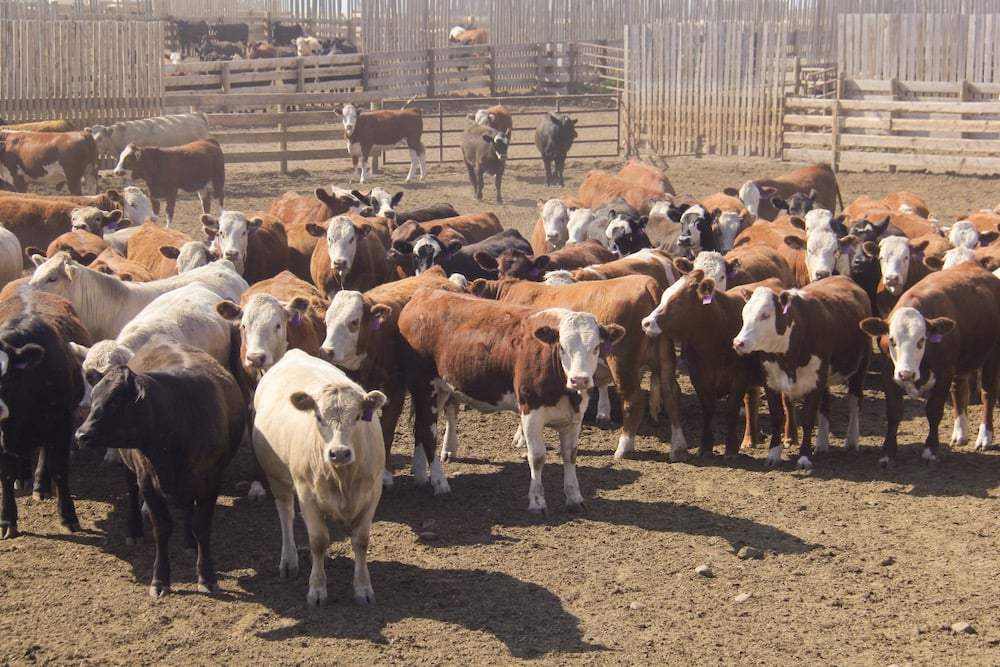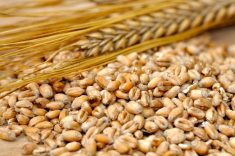Glacier Farm Media | MarketsFarm – Currently, United States President-elect Donald Trump is more of an influence on Western Canadian feed grain prices than a weaker Canadian dollar, said Brandon Motz of CorNine Commodities in Lacombe, Alta.
“It seems to be a little hit and miss, even on the offer side. We’re getting reports that some companies aren’t offering corn at the moment for fear of retaliatory tariffs or things like that,” stated Motz.
Late last month, Trump threatened to impose a 25 per cent tariff come his first day as president on all goods from Canada, as well as Mexico, the U.S. imports. Meanwhile, the Canadian dollar slid below 70 U.S. cents due to a stronger U.S. dollar, along with the uncertainty surrounding Prime Minister Justin Trudeau and his Liberal government.
Read Also

U.S. livestock: Feeder cattle rise to new highs on tight supply, strong cash prices
Chicago | Reuters – Chicago Mercantile Exchange feeder cattle futures rallied on Thursday to a record high on strong cash…
“The currency is what it is. The corn is available, and the feedlot needs feed of some sort that’s barley, corn or wheat. It just comes down to value,” Motz explained, noting that the price of feed barley is very close to that of corn.
He placed barley at C$300 to C$310 per tonne delivered Lethbridge for February-March-April, adding that business has slowed a great as Christmas approaches.
As for feed wheat, Motz said its price is “all over the map” ranging from C$305 to C$320 per tonne on the offer side. He added there are some feedlots that are considering a switch to wheat.
Overall, Motz commented the feed market is stuck in a delicate situation for the time being.
“There are so many uncertainties surrounding the 20th of January. The sentiment is we just have to be careful what we do until the 20th. See what exactly plays or and how it affects our markets,” he said.

















